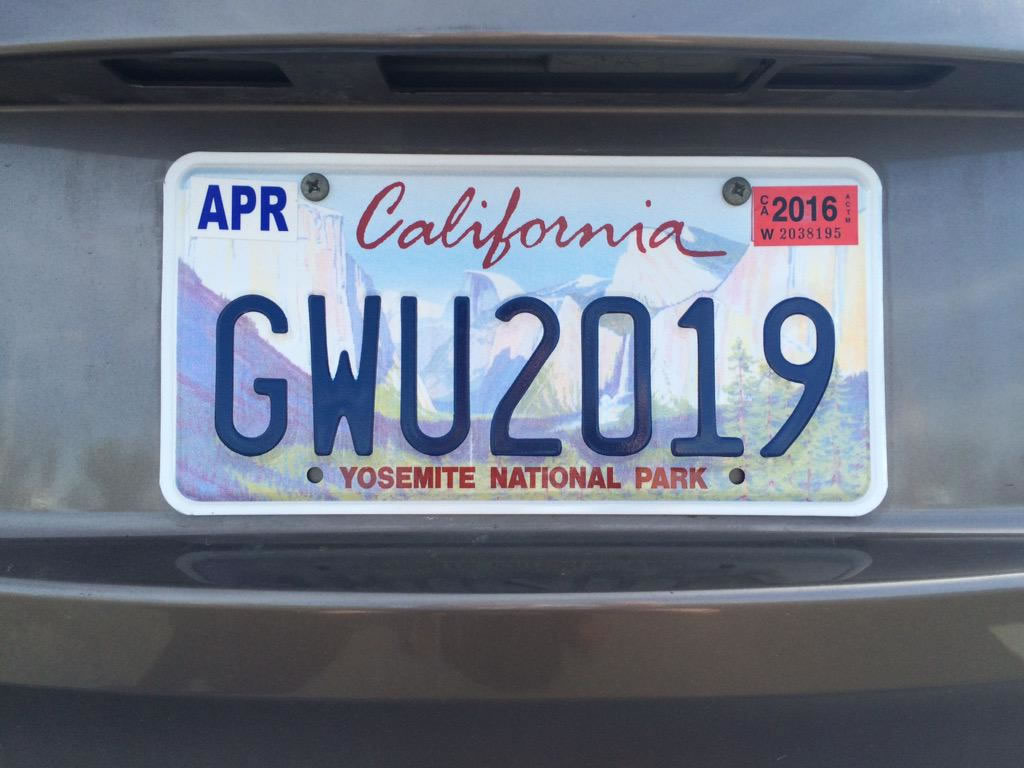California License Plates Disbursement Laws
The DMV issues 2 reflectorized license plates per motor vehicle registered, except for motorcycles, and 1 license plate for all other vehicles (trailers, semitrailers, etc.) required to be registered.
- When 2 plates are issued, 1 must be displayed on the front, the other on the rear; when only 1 is issued it must be displayed on the rear of the vehicle.
- The color scheme for license plates is blue on white, yellow on black or blue, and blue on white.
Special plates are issued for historic vehicles, current or retired members of the Legislature, street rods, diplomats, disabled persons, members of the media, qualifying tax exempt organizations, various current and retired public employees, and special organizations.
According to California laws license plates must also be illuminated, so as to be visible from a distance of 50 feet.
Types of License Plates
California offers a variety of license plates to support causes (environment, arts, education, breast cancer awareness, etc.), provide special recognition, and identify special status, among other things. Here are the different types of license plates:
- Standard license plates.
- Special interest license plates (arts, kids, environment, etc.).
- Special license plates (recognition, historical, occupational, legislative, etc.).
- Decals and placards (bicycles, disabled person parking, etc.).
Special license plates or placards for disabled drivers are available upon application with medical certificate to DMV.
California License Plate Sizes
- Automobile, commercial, and trailer license plates are 12″ x 6″.
- Motorcycle license plates 7″ x 4″ (plates issued prior to July 1, 1970, are 8″ x 5″).
- Identification plates issued to vehicles not bearing automobile, commercial, trailer, or motorcycle plates are 7″ x 4″ (plates issued prior to January 1, 1981 are 8″ x 5″).
More on:
